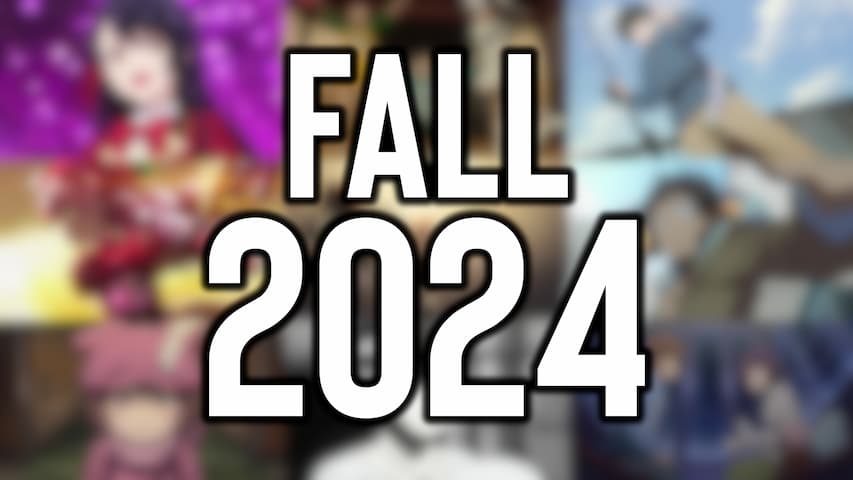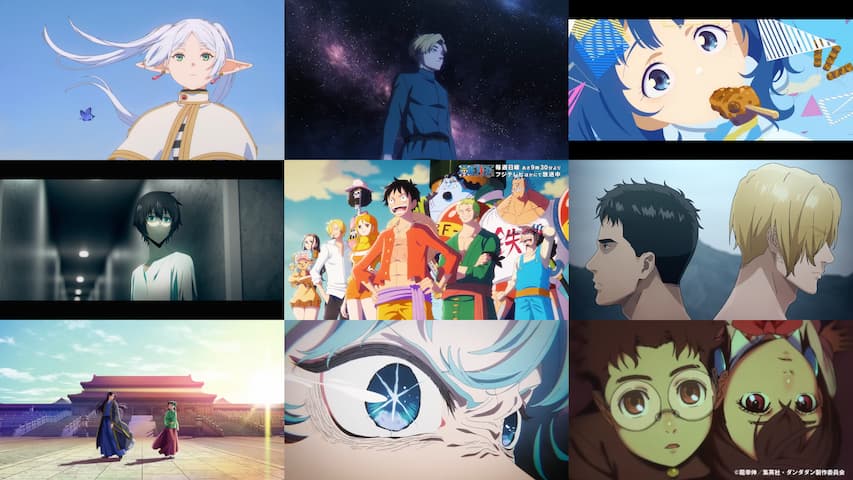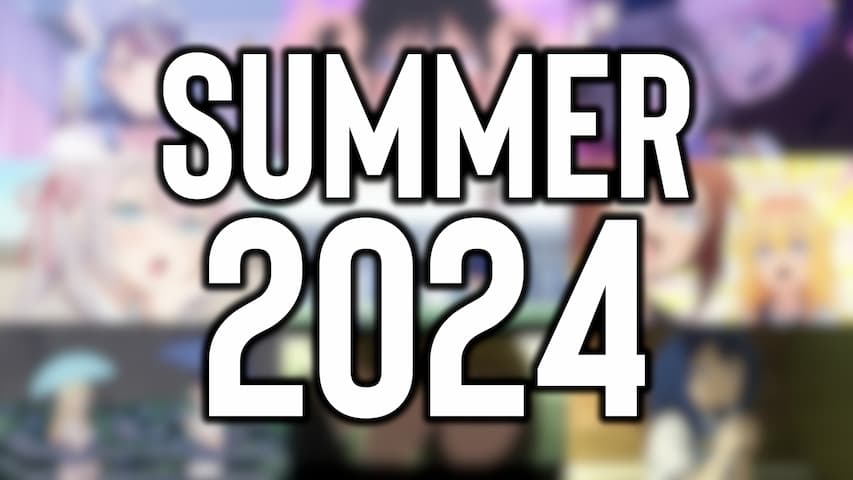Welcome to the N.H.K.: Adaptation as Extension

Ach ja, as always, let’s start with some useless side remarks. Welcome to the N.H.K. is one of those series I always had on the radar, mostly due to being considered a classic of the 00s, but never really got around to it, as it was, as so many other anime, cursed to forever be an item on my never shrinking PTW list. What finally gave me the push to tackle NHK were a couple of screenshots of the afterword of the original novel someone posted on Twitter (Currently known as X). I would call the afterword dramatically ironic, if it weren’t for the fact that the author’s attempt to escape the hikikomori lifestyle by writing the novel, only to fall back into it due to the novel’s success enabling that lifestyle, is just too depressing. Real life continues to be the biggest tragedy of them all.
Thus, the idea of Welcome to the N.H.K. was subtly planted in my brain, so it would be the next series I was to engage with and since I now possess the means to read, I would go with the original source material first, before watching the anime. To my surprise, despite the anime adaptation consisting of 24 episodes, the original novel is just one singular volume around the same word count as your average light novel. It didn’t make finding it any easier though, as the physical edition has long since gone out-of-print and unfortunately didn’t receive a digital publication in the mean time. I eventually settled on a OCR’d Epub based on scans of the physical edition. Long live the remnants of the 00’s.
Anyway, to make a not that long story short: I read the novel, enjoyed it, but did wonder how one would create 24 episodes of anime out of it. Shortly after, I watched the anime, enjoyed it and got my answer as to how 24 episodes might be just the right amount for it. The adaptation of Welcome to the N.H.K. is not just interesting in the way a rather self-introspective novel, in which not a lot of concrete events happen, is brought into an audio-visual medium, but also how it extends the core ideas of NHK beyond the original novel.
By “Extension” I don’t just mean making certain plot points longer or filling in some gaps. The adaptation also doesn’t go beyond the initial scope of the novels. The anime starts where the novels begins and it also ends on the same note. Instead, the anime created several completely original arcs and new characters that seamlessly integrate into the dialog of being a hikikomori, societal disillusionment and the fundamental will to live, that wouldn’t feel alien if they would also come up in the novel… except, the novel obviously works without the new stuff, while the anime wouldn’t be able to stand as proud as it does without it.
By basically all definitions, the anime adaptation consists mostly of filler and while I would very much agree on this being the case, I would also argue that NHK’s implementation of it is a best practice example of how adding something not found in the original source material can indeed enrich the story and not just bloat it. There seems to be this weird stigma against filler, which I can only assume arose in the communities of long-running Shounen series being plagued by not just a lot of filler, but especially a lot of bad filler. But while I can’t judge the quality of anime I didn’t see, there is also another, maybe even more important aspect of filler, which can be discussed: It being the idea consequentiality. Regardless of it being good or bad, what is the point of adding something when the original got by just fine without it? While this is a very valid question, I think it is more interesting to flip it on its head and look at it from another perspective.
How much of the original story is really necessary? I want to note that this question is mostly to be taken rhetorically. After all, I don’t think stories are meant to be min-maxed. You probably could condense One Piece to less than half its length, but it also wouldn’t be One Piece anymore. In the same way, adding something not intrinsically necessary to a story has the ability to make you fall in love with it even more. My point being, the idea of filler, especially in the context of an adaptation, shouldn’t be primarily viewed as a thing to get through, but rather as an opportunity to double down on the thing that make the original special. Anyway, with my urge to comment on random side remarks satisfied, it is time to talk about some of the concretes of Welcome to the N.H.K.’s transition from novel to anime.
As far as the original novel is concerned, it is not like a lot of the plot points were necessarily changed and with the exception of one chapter, everything that does happen in the novel also happens in the anime. My most immediate impression, however, is how the adaptation seems to town down some of the less “safe” subject matters, maybe due to the anime being at least in part produced by the actual NHK, ironically. So, while Satou is still ruining his lungs by constantly smoking, he doesn’t engage in full blown substance abuse and alcoholism and we also don’t get to see him loosing his mind in bad trips every few episodes. He still drops some golden nuggets of wisdom, like how you can’t actually asphyxiate yourself, but gone are the moments where he wishes he could. On the other hand, a lot of the time, his actions are simply made “less bad”: The eroge with heroines of questionable age are replaced by normal bishoujo games aka. “galges”, the school girls he wanted to takes pictures off were significantly aged up and his possession of actual child pornography was swapped with gravure shots of Lolita models.
I would say there are only two omissions, which hurt the anime to a varying degree. The first one is the whole deal with the NHK specifically, which, in the anime, was mostly reduced to Satou talking himself into believing that there is a conspiracy to create hikikomori like him and that acronym NHK stands for Nippon Hikikomori Kyoukai (Japan Hikikomori Corporation) instead of Nippon Housou Kyoukai (Japan Broadcasting Corporation), while the novel prefaces this whole point with the concept of conspiracies in general and directly states that the actual NHK is part of the conspiracy to create hikikomori by airing anime with cute girls (The novel states Nadia: The Secret of Blue Water directly). This might seem like a relatively pedantic difference, but considering this point is both the namesake and premise of the entire series, I guess it is only fair to mention it. The other thing missing is the chapter in which Satou and Yamazaki are infiltrating the religious organization Misaki is forced to attend. While this chapter is an integral part of understanding Misaki as a character, most of the new material touches on the same beats, so it is not directly missing in the context of the anime, but considering how much of the new material is directly focused on institutional structures specifically, foregoing what I have interpreted as a Shinshuukyou or any other kind of similar religious institution completely is… a choice.
But enough complaining about minor things and let’s talk about all the stuff the anime adaptation brings to the table instead. The reason why I mentioned the anime were to suffer from all the new material being removed, is because everything is so interconnected in the anime version and constantly builds on itself, that pulling it all apart makes the rest look disjointed. For example, let’s take a look at Satou and Yamazaki creating their game together. While this is still a plot point in the original novel, in the anime, Satou doesn’t throw the towel early and the game development isn’t just a constant background element for the course of almost the entire series, but also a vehicle and segue for most of the other arcs. The research outing to Akihabara leads more naturally into the introduction of Satou’s former upperclassman, we get to see Yamazaki’s vocational school and with it where his struggles with women come from and it is also indirectly why Misaki herself is eventually way more involved in Satou’s daily life. It is also just incredibly sad (in a good way) to see the both of them projecting so hard onto the game’s heroine, before they eventually realize it themselves.
Arguably my favorite little arc was the one in which Satou is visited by his mother. Beyond just fleshing her out as a character, it is just satisfying to see an actual well-adjusted adult so nonchalantly see through Satou’s lie, immediately realizing what is going on with Misaki, but also being level-headed enough to suggest that the whole fake-dating thing the two tried to pull off might actually just work out for the both of them (They way the anime both subverts and engages in some classic RomCom tropes needs to be studied). And this isn’t even talking about the whole lot of shenanigans that lead up to this moment in the first place. It is the ideal of both the comedic undertones and actually well done character writing, which make episodes like these so worthwhile.
On the other hand, everything concerning Hitomi, Satou’s former upperclassman, plays out mostly as a what if, beyond the welcomed exploration of her as a full character. In the anime, she fully embodies how believing in the conspiracies that seemingly ruin your life are indeed ruining your life and nicely contrast Satou in this matter. From the outside, she has a good life, her boyfriend loves her very much and yet she longs for the past where she could waste her time in the clubroom playing cards with Satou, to the point she wants to end her life and meets up with other people to commit suicide. The suicide island and its fallout does wonders in conceptualizing what is actually Satou’s problem. He doesn’t hate life and is genuinely afraid of dying. It is also not like he can’t socialize, just that his anxiety makes forming genuine relationships with other people near impossible. Ironically, this made Satou the perfect person to somehow convince four other people to not throw their life away, even when he came out the whole affair worse than everyone else.
Lastly, the final larger original arc consists of two stories happening simultaneously, one being about a topic I was surprised wasn’t mentioned at all in the original novel: Gaming addiction. In theory, the internet made it easier than ever to socialize with similarly minded people. However, it also harbours the potential to completely bastardize any kind of interaction. The way NHK portrayed this through the lens of an online game really shows the potential for both sides. What was initially a way for Satou to potentially escape his financial situation eventually spiraled into just another dead end. What was once a fun way to spend time with other people turned into full on escape of reality. Being catfished by Yamazaki certainly didn’t help either. But where this plot line really shines isn’t even specifically in regards to Satou, but Kobayashi’s brother, who, unlike Satou, actually hit rock button and lives the endgame of being a hikikomori: Knowing what to change, but being unable to do so, until he was eventually confronted by the only logical outcome after his sister couldn’t support him anymore… the prospect of death.
Speaking of his sister, Kobayashi is a rather surprising addition to the cast, as she is a victim of circumstances in quite a different kind of way everyone else is. Being forced to earn money on her own, she was constantly taken advantage of and eventually ended up with a large debt and later got caught up in a pyramid scheme. What makes her interesting is that she is often the opposite of Satou’s other companions. She doesn’t particularly like him and in fact, her first course of action was actually involving Satou in the pyramid scheme for her own gain. Out of the rest of the cast, she might just be the most well adjusted with her problems being mostly concerned with the situation she is in and not her own shortcomings as a person, with the tragedy being that the world simply continues to deny her a better live, until she is completely broken down.
Looking back at it, it is kind of amazing how much some well thought-out additions can expand the already great execution of the novel so dramatically. Some people say that Misaki’s characterization doesn’t necessarily suffer, but changes due to the additional events of the anime, but I have to disagree. She certainly comes off a lot more nice and direct, as opposed to the more uncertain and ominous help she provides, but fundamentally, she does the exact same things as in the novel. What I want to say is, that Welcome to the N.H.K. isn’t just a good anime, but also a great adaptation and I can only recommend to check out both the novel and anime if you are able to.
Also yes, this post is simply the replacement to actually doing a proper analysis of Welcome to the N.H.K.’s themes, as I am not ready to open this can of worms. Also also, not sure how, but I am pretty sure the anime conditioned me with the in-universe anime opening in some way. You know what? Maybe conspiracies are real. I mean, obviously, NHK clearly stands for Nippon Hikyou Kyoukai!
Related Posts
Comments
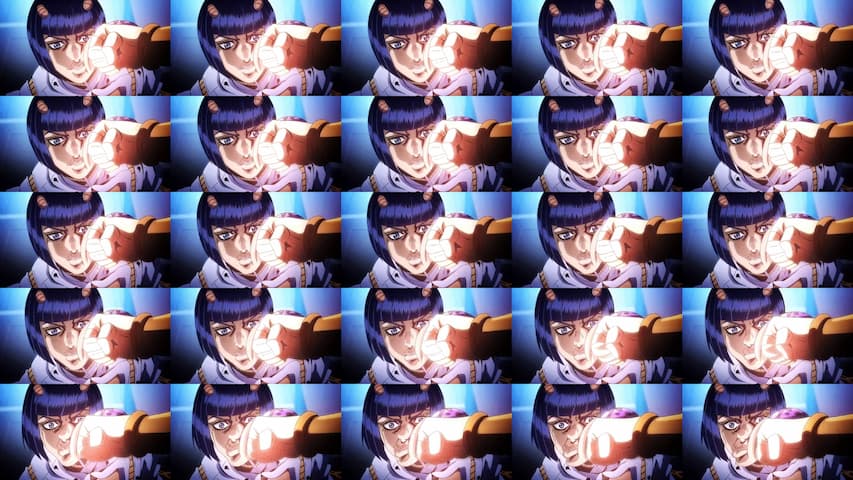
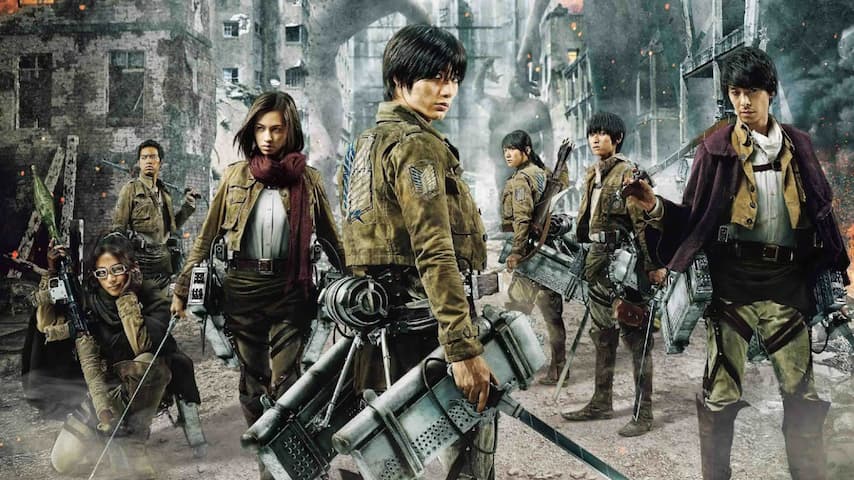


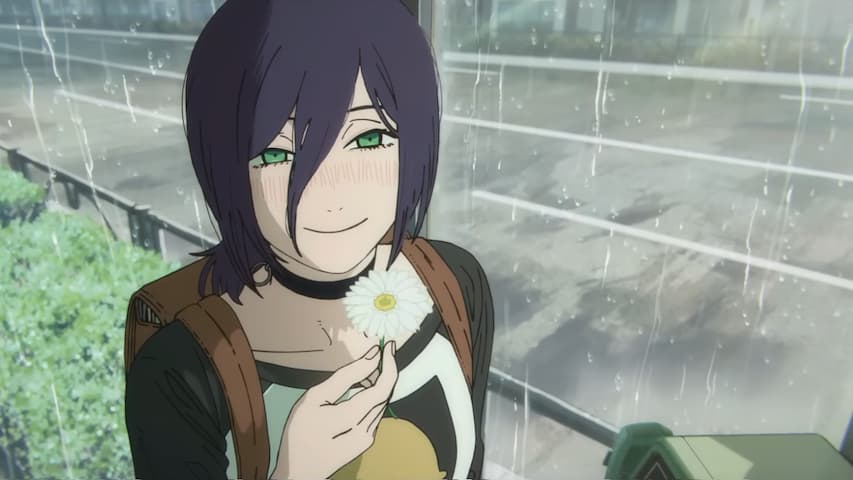
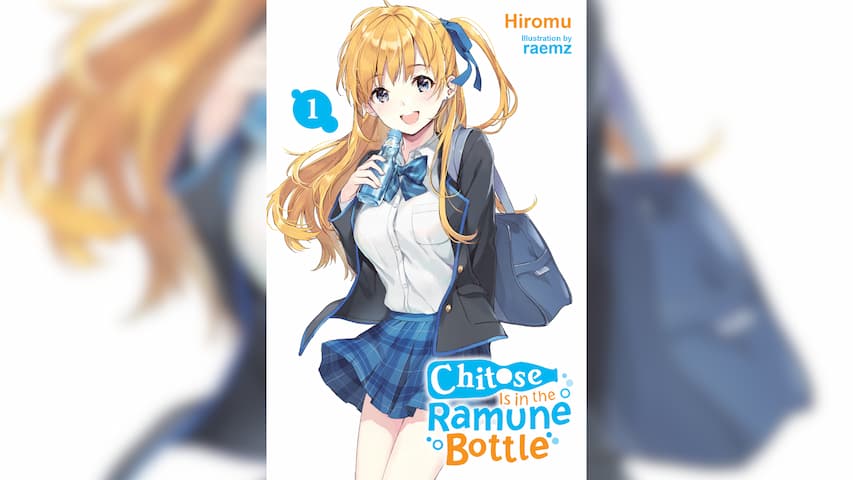
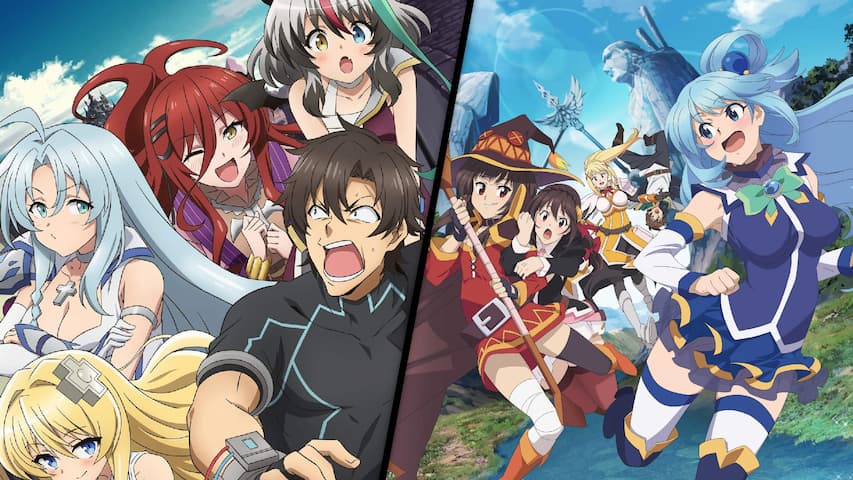
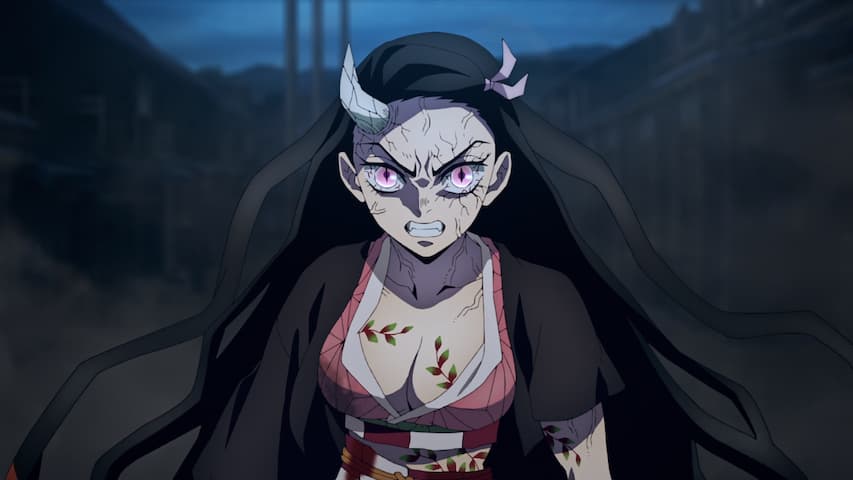


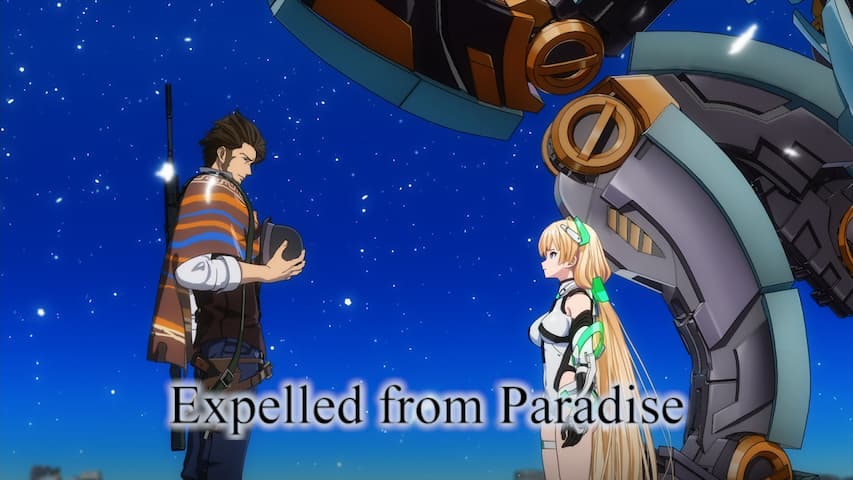
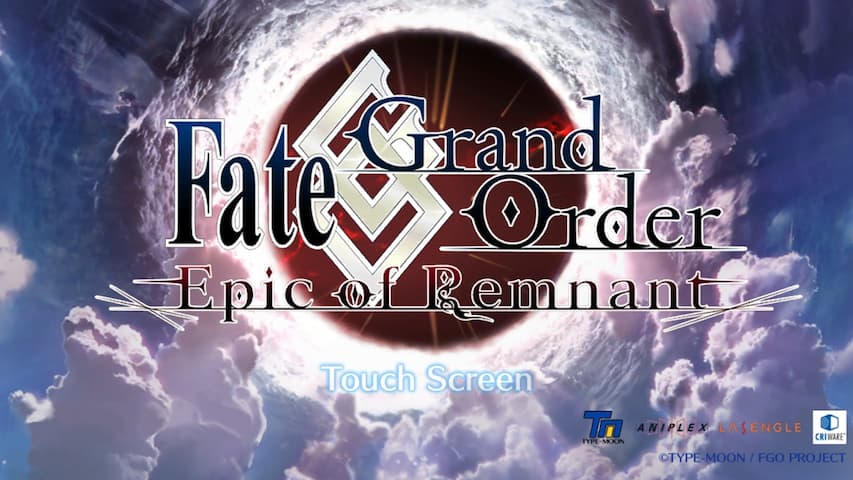

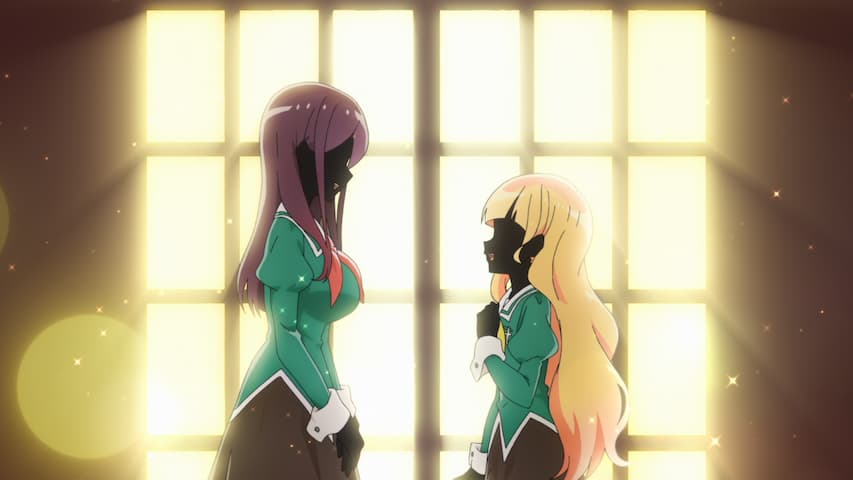
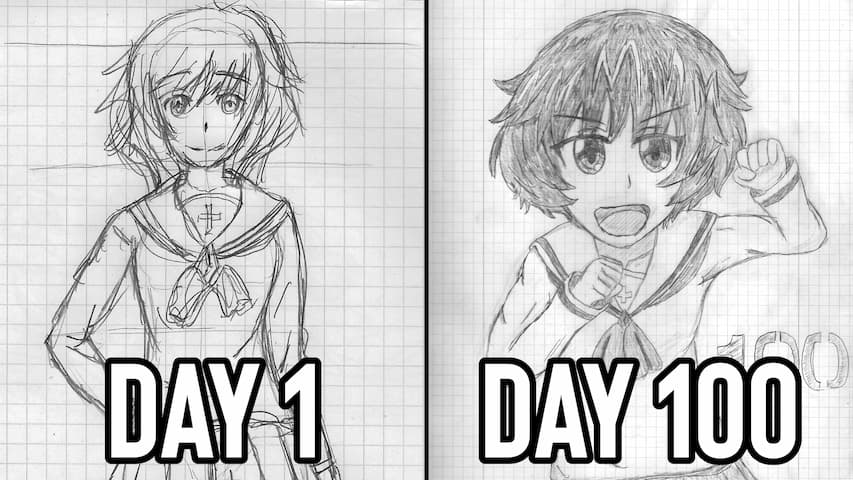
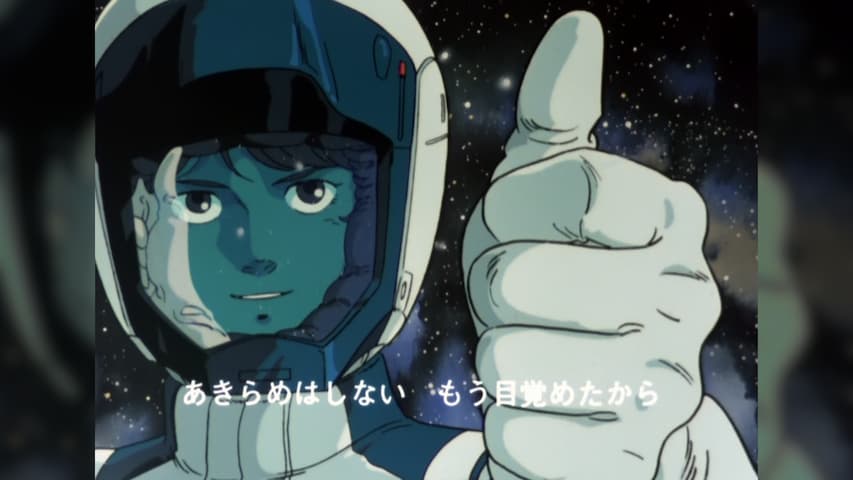

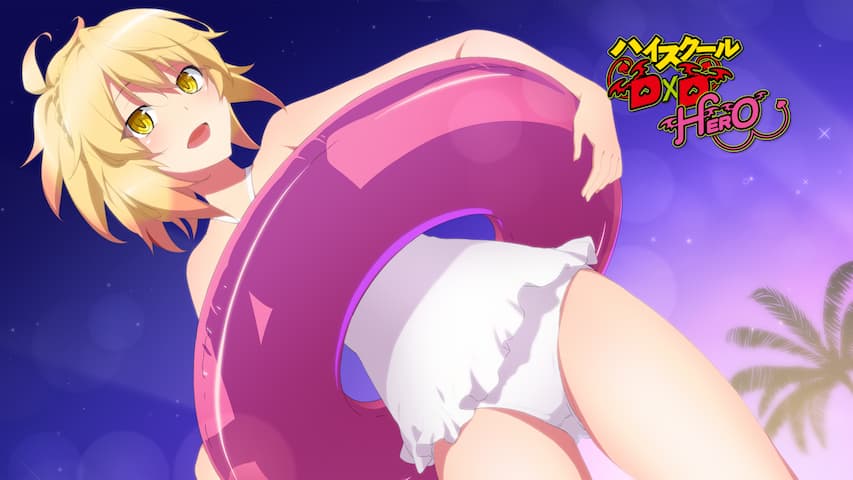
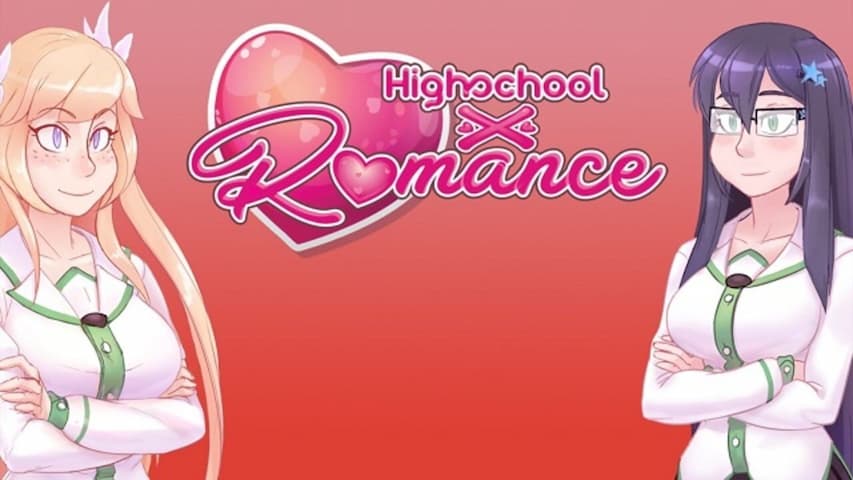


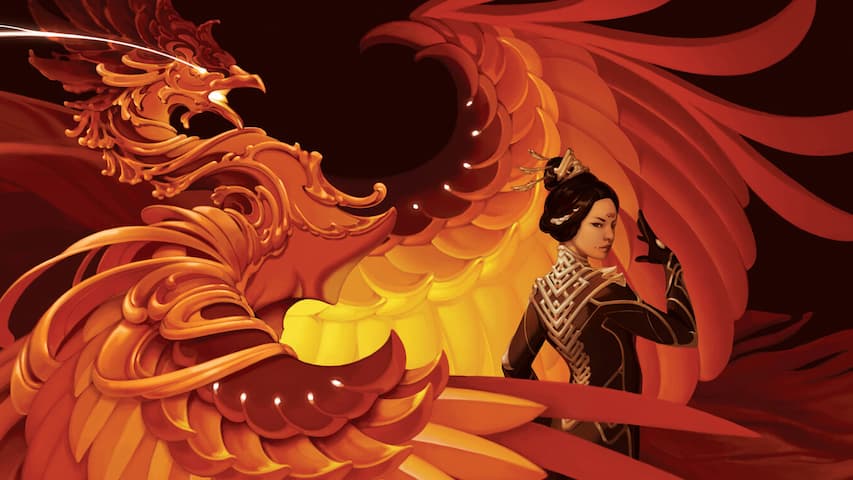
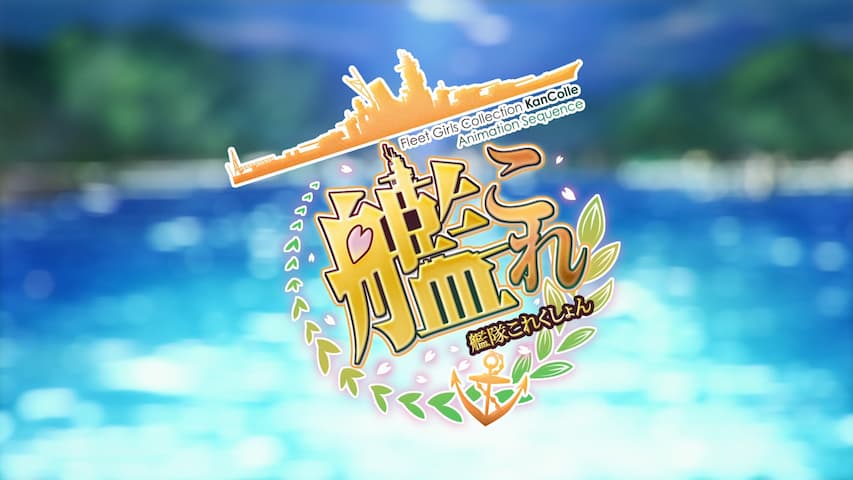
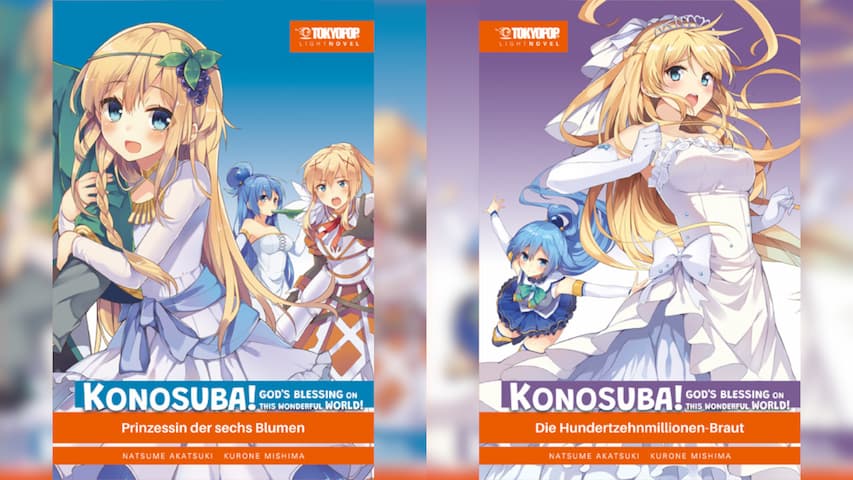

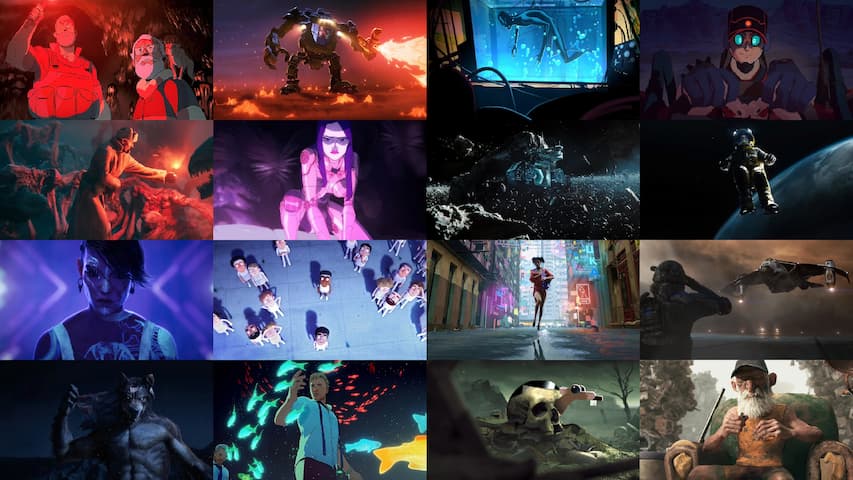
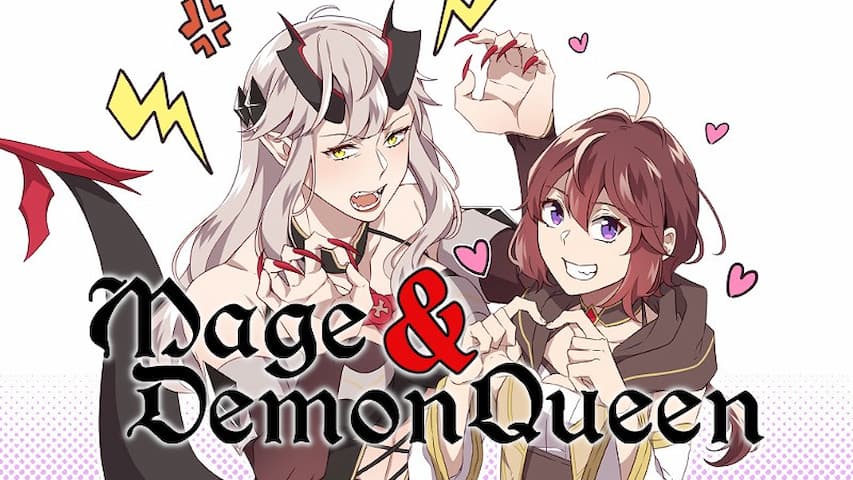
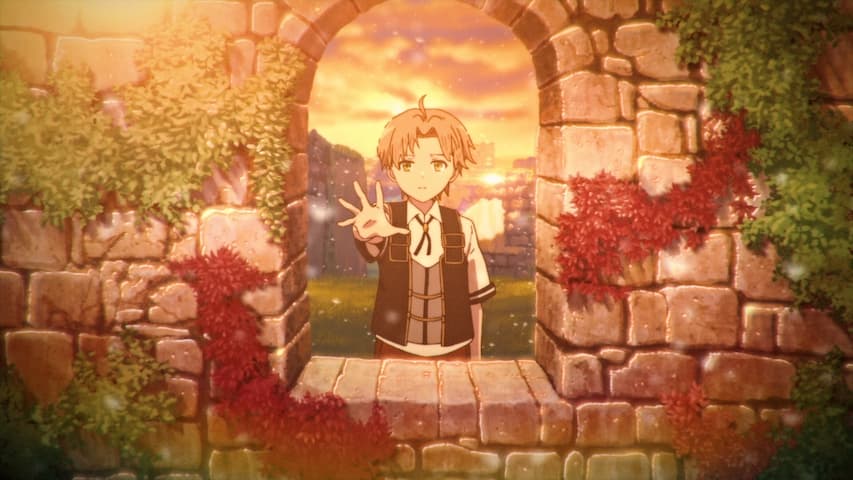

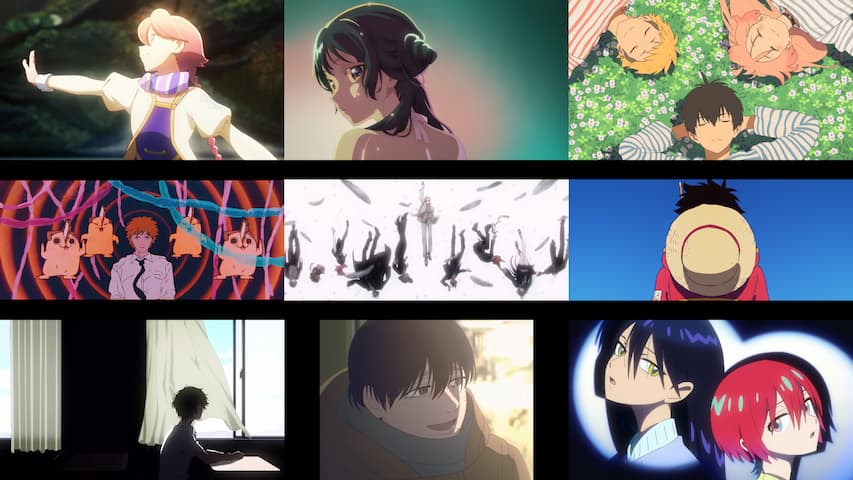
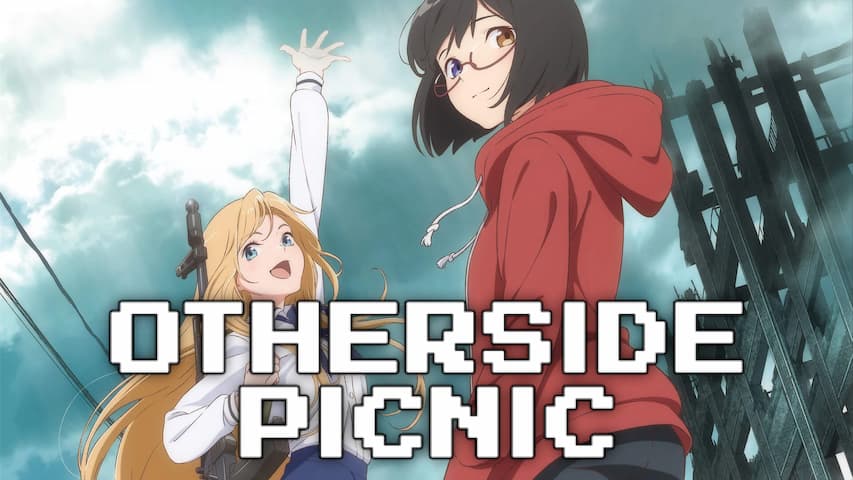

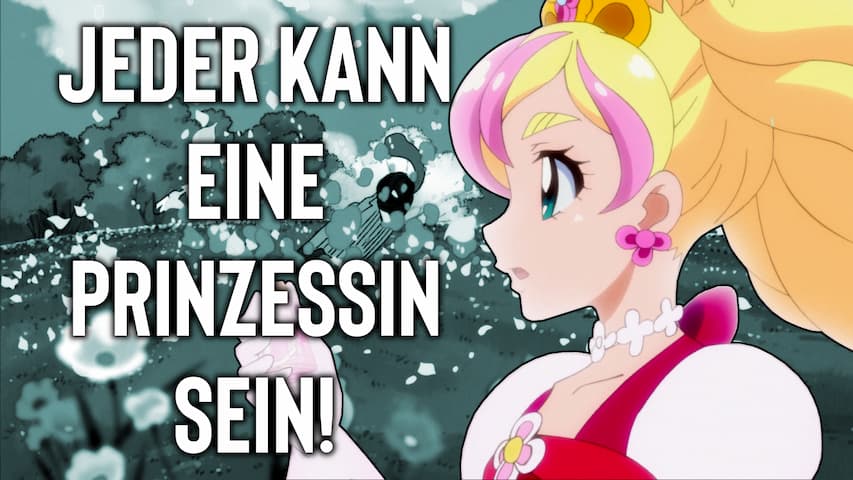
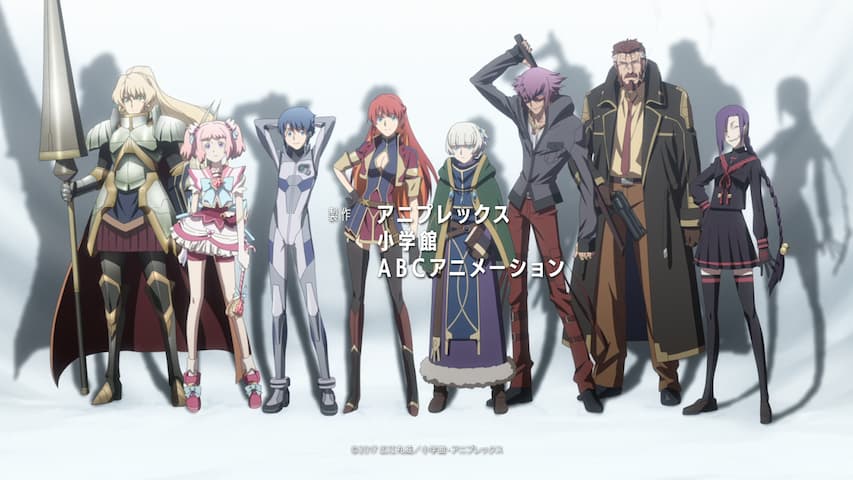
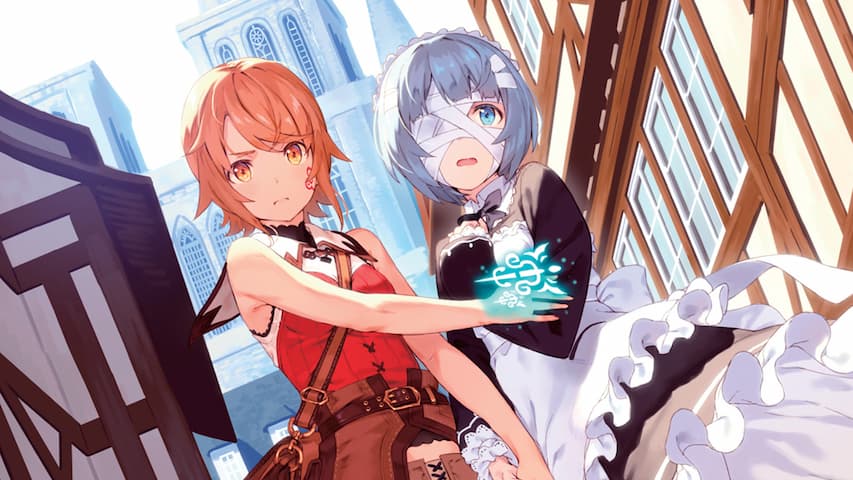

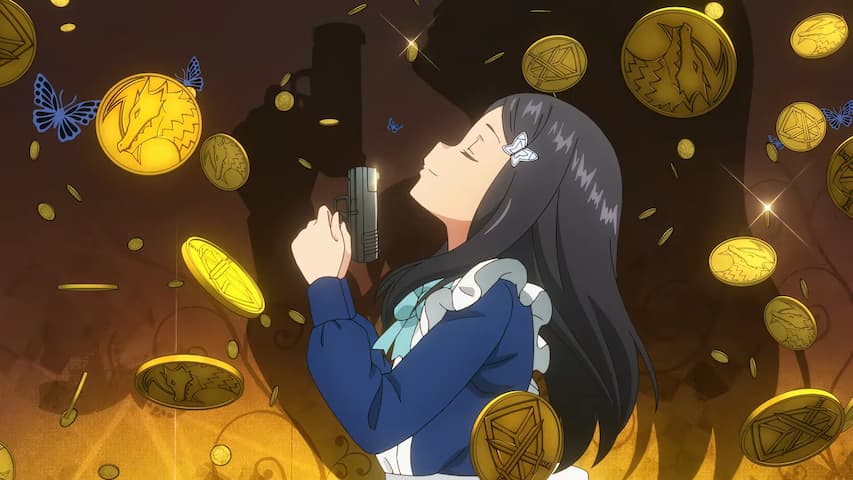
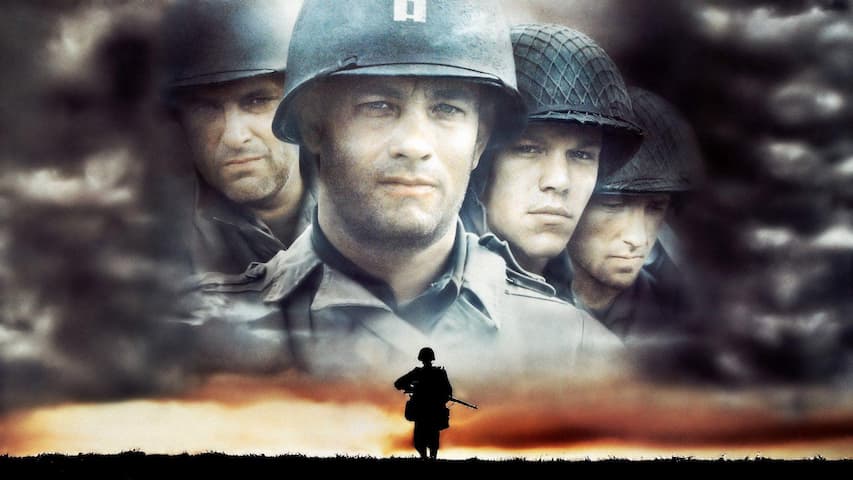
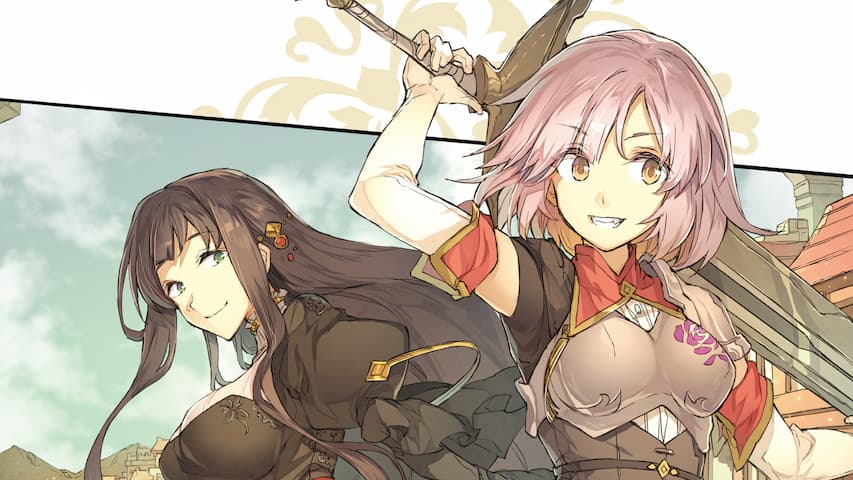

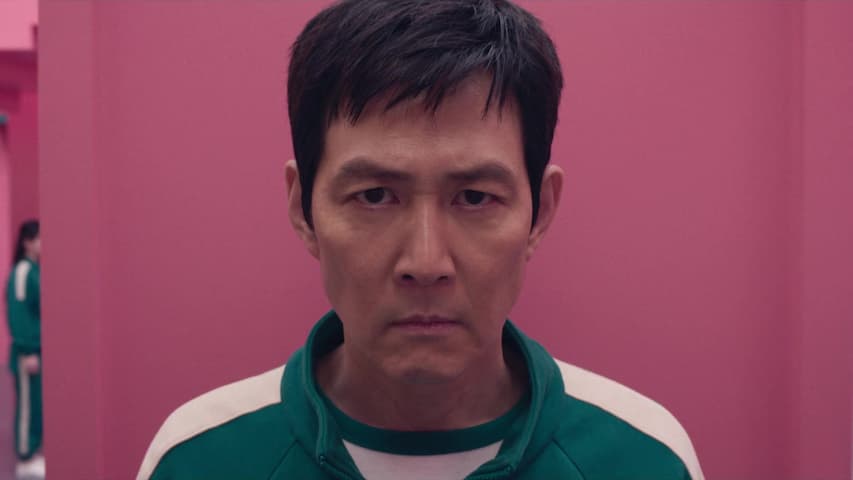
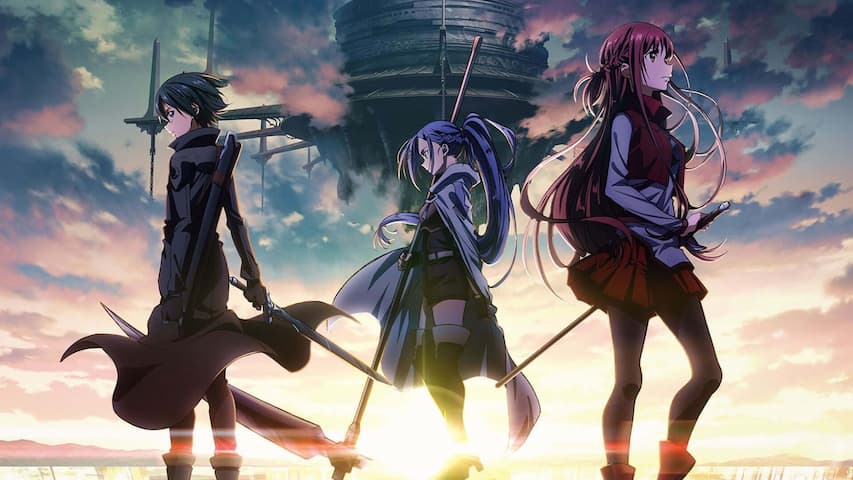
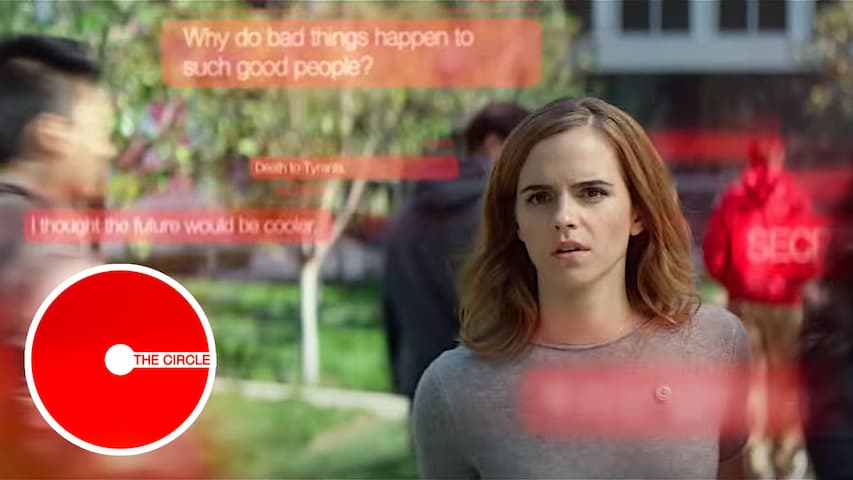
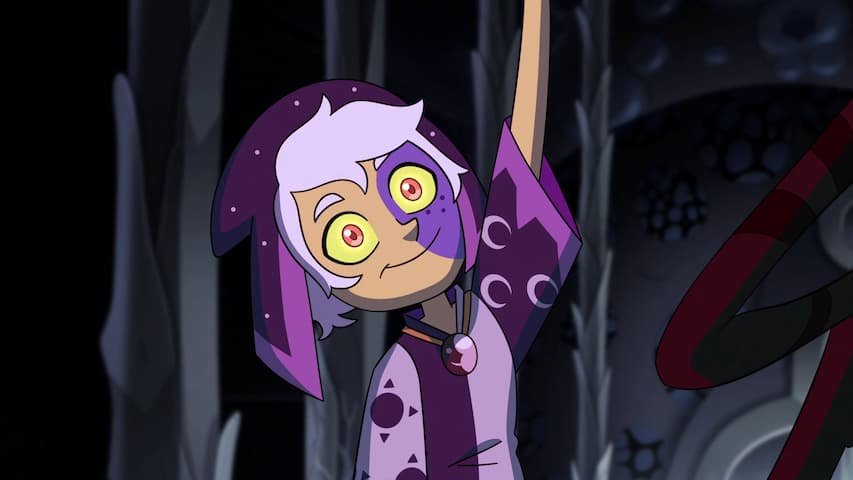
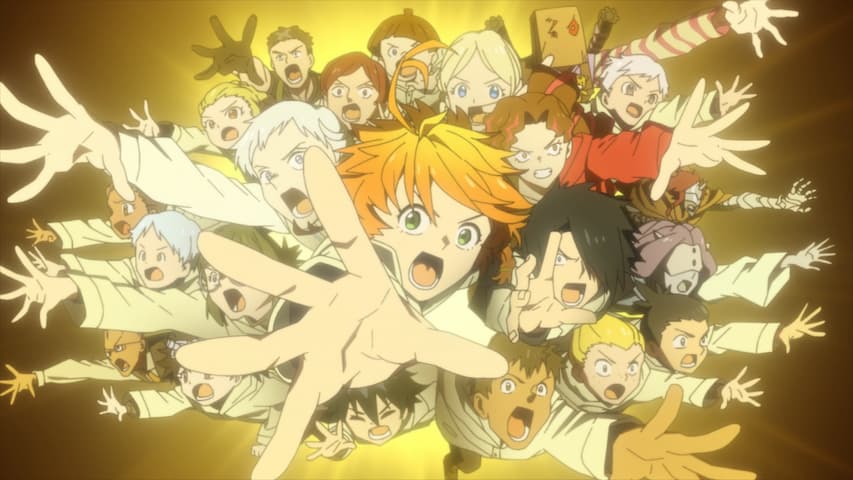



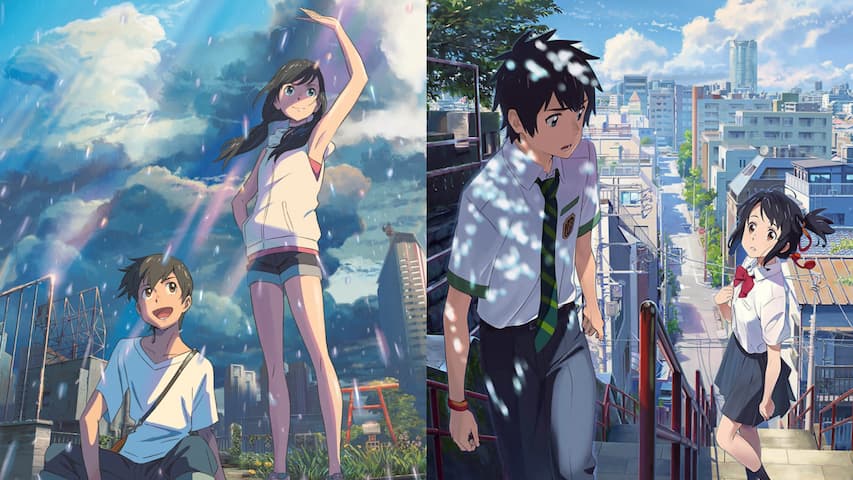
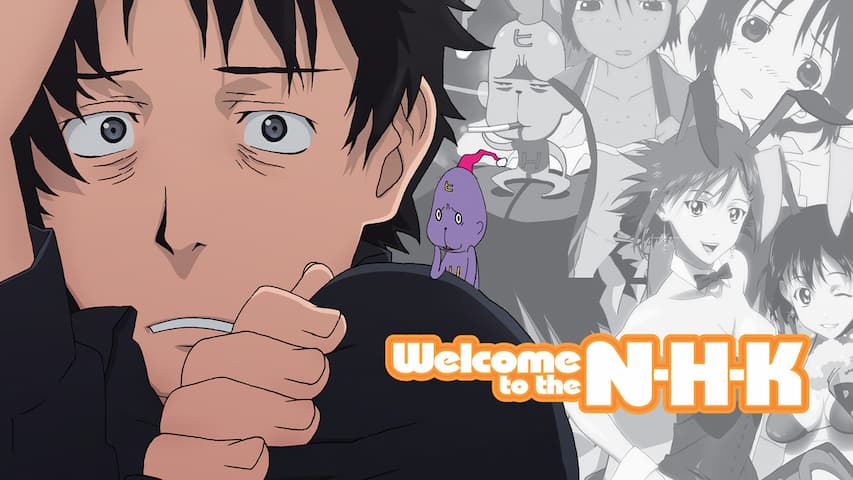



Recent Posts
2716 Words | December 28, 2025
3211 Words | December 12, 2025
1515 Words | October 30, 2025
7804 Words | October 3, 2025
5458 Words | July 7, 2025
